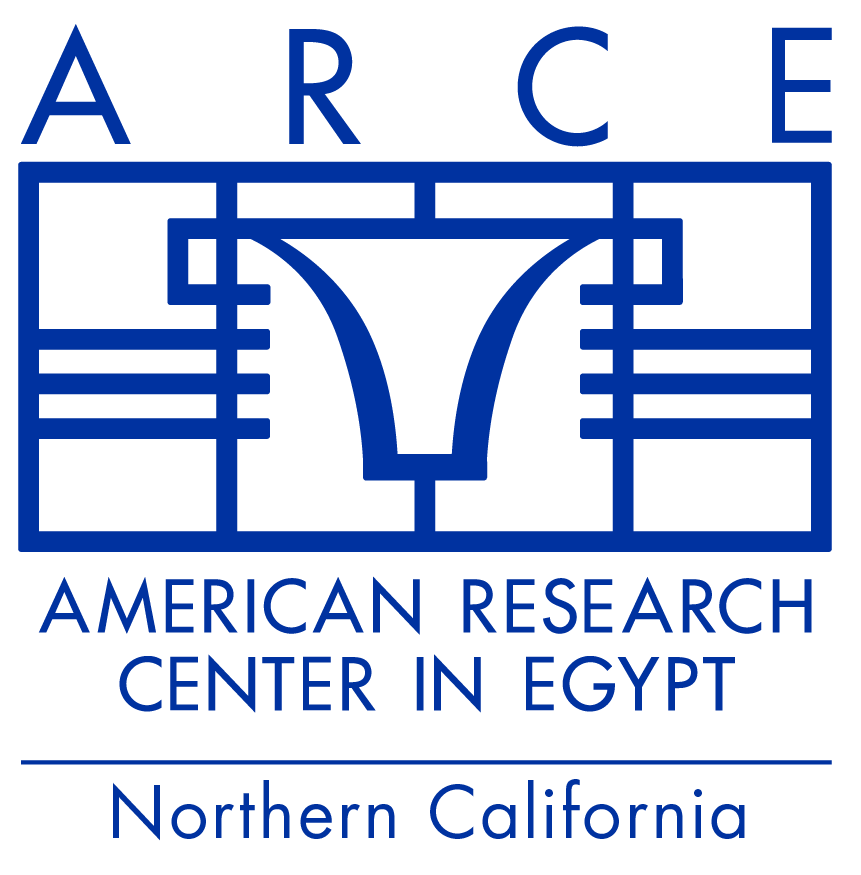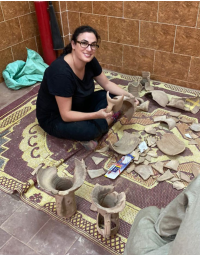
10
AprARCE Northern CA: Making Millions of Pots: How the Cult in Ancient Egypt Met Its Demand for Pottery
Registration is required
Presented by: Dr. Meredith Brand
- 3:00 PM PTNorthern California
- Zoom
- + Add to Calendar
Lecture Information:
Ritual in ancient Egypt required vast amounts of goods. For instance, Ramesses III’s Great Harris Papyrus lists donations of millions of material items, food, drink, and even flowers to Egypt’s temples. At Medinet Habu temple alone Ramesses III offered more than 80,000 beer jars per year to the cult. Indeed, the abundant material culture excavated at temple sites supports the idea that ancient Egyptian ritual needed lots of things. This is particularly clear at Abydos, the main cult site of the god of the underworld Osiris, where the landscape is covered with pottery and other goods related to temple and cultic ritual. The number of artifacts can be quite staggering – the French archaeologist Amélineau estimated over 20 million pots were deposited at Umm el-Qa’ab, the focal point of an annual festival for Osiris. More recently, University of Toronto’s North Abydos Votive Zone project excavated over 100,000 pieces of pottery from a few squares near the Osiris Temple Enclosure.
The sheer quantities of material culture used for private and temple ritual at Abydos raises many questions about who produced these goods, how they organized such a scale of production, and the relationships between craft workers and state institutions. It is important to examine such questions as they provide insight into an often ignored aspect of ritual – the potters, brewers, bakers, weavers, florists, etc. whose work was vital for ritual practices in ancient Egypt. This talk examines the social and economic context of craft production for ritual with a case study on the production of pottery at Abydos for cultic use in the popular festival of Osiris at Umm el-Qa’ab and a chapel of Thutmose III in the North Abydos Votive Zone. The conclusions of this talk suggest how craft workers made their living and provide insight into both how temples functioned economically and how people got the material goods they needed for private cult.
About Speaker:
Dr. Meredith Brand obtained her PhD from the Near and Middle Eastern Civilizations Department at the University of Toronto with her dissertation The Socio-Economic Organization of Votive Pottery Production at Abydos, Egypt in the New Kingdom: A Metric Analysis Study. She is currently the W. Benson Harrer Egyptology Scholar and Residence at California State University San Bernardino and an instructor in the Rhetoric and Composition Department at the American University in Cairo. Dr. Brand’s research focuses on pottery analysis, material culture, archaeological science, and the social history and economy of ancient Egypt. She is a co-Director and the ceramicist of the Wadi el-Hudi Expedition that surveys and excavates mines and mining settlements in the Eastern Desert. She has been the ceramicist at University of Toronto’s North Abydos Votive Zone Project and the assistant ceramicist at other sites in Egypt, and has conducted mineralogical analysis of pottery from sites in Egypt and Sudan.

